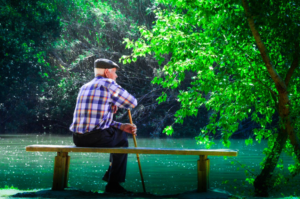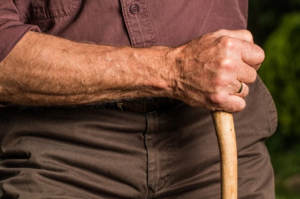Understanding Elderly Care During the Pandemic
Loneliness kills and can shorten your life by 20 years, more than obesity or smoking. Our elderly citizens want our help; their situation is not a prediction, it is real and happening now. They have problems with inadequate food and lack of transportation. The savings they have are running out, and no one wants to use them. It’s nice to know we’re living longer, but aren’t we living better? The remedy is simple: there are not enough people in the younger generations to focus on the plight of those who are growing faster and were born earlier. Thus, you can read these Covid friendly activities for seniors for more alternatives.
The Loneliness of the Elderly
No wonder: people are working more for less because wages have long been stagnant while the cost of living has risen sharply. Anyone’s stockpile will be too expensive for most unless they have a few jobs. Also, they might be teased into going out for avocado toast and lattes on the weekend with friends, but have been on vacation for years. For many people, socializing happens at work, even on birthdays they often realize they don’t have the opportunity to make friends outside until they retire and realize how lonely they feel. Along with the pandemic has made more opportunities for socializing. This fact is amplified when we hear that people are older than us.
The Statistical Evidence

The need is there, but we’re not responding with the urgency it demands. Instead, teens and children receive more than 23% of these funds. These statistics suggest that life loses value with age, but we know that’s not true. There has to be a way to get a more reasonable distribution of aid to our most vulnerable people because living to have an elderly person shouldn’t mean dying without a dollar. But we only set aside 1% because they depend on causes. They often turn to settings like church, clubs, and daycares to connect, and those connections are invaluable. People with chronic health problems have a more unyielding time maintaining social interactions, and the pandemic has made this a Sisyphean task.
The Impact of the Pandemic
 However, COVID-19 has made it challenging to provide these options. People who rely on these services are also those most at risk for COVID-19 and severe side effects, presenting providers and recipients of these solutions with significant difficulty while deciding which is worse. Fortunately, some organizations are reluctant to provide remote, non-contact adult daycare providers. This stuff includes voucher checks, grocery shopping, medication reminders, health care, social teleconferencing, and more. But many health care providers don’t cover these alternatives for their patients, leading to a greater danger of loneliness-related complications later on.
However, COVID-19 has made it challenging to provide these options. People who rely on these services are also those most at risk for COVID-19 and severe side effects, presenting providers and recipients of these solutions with significant difficulty while deciding which is worse. Fortunately, some organizations are reluctant to provide remote, non-contact adult daycare providers. This stuff includes voucher checks, grocery shopping, medication reminders, health care, social teleconferencing, and more. But many health care providers don’t cover these alternatives for their patients, leading to a greater danger of loneliness-related complications later on.

